This newsletter is for our Bass Strait stakeholders – Whether you operate a commercial fishing business, manage offshore assets, work for an oil or gas company or the government, or use Bass Strait for recreational purposes, this newsletter provides information about Marinus Link that may be relevant to you.
A word from our CEO
Marinus Link is a project of national significance that will keep the lights on, and the economy running with clean power, as Australia transitions to its clean energy future. There are many moving parts of a project of this size, but at the heart of it is our 255km interconnector cable that will cross Bass Strait.
Caroline Wykamp – Marinus Link CEO
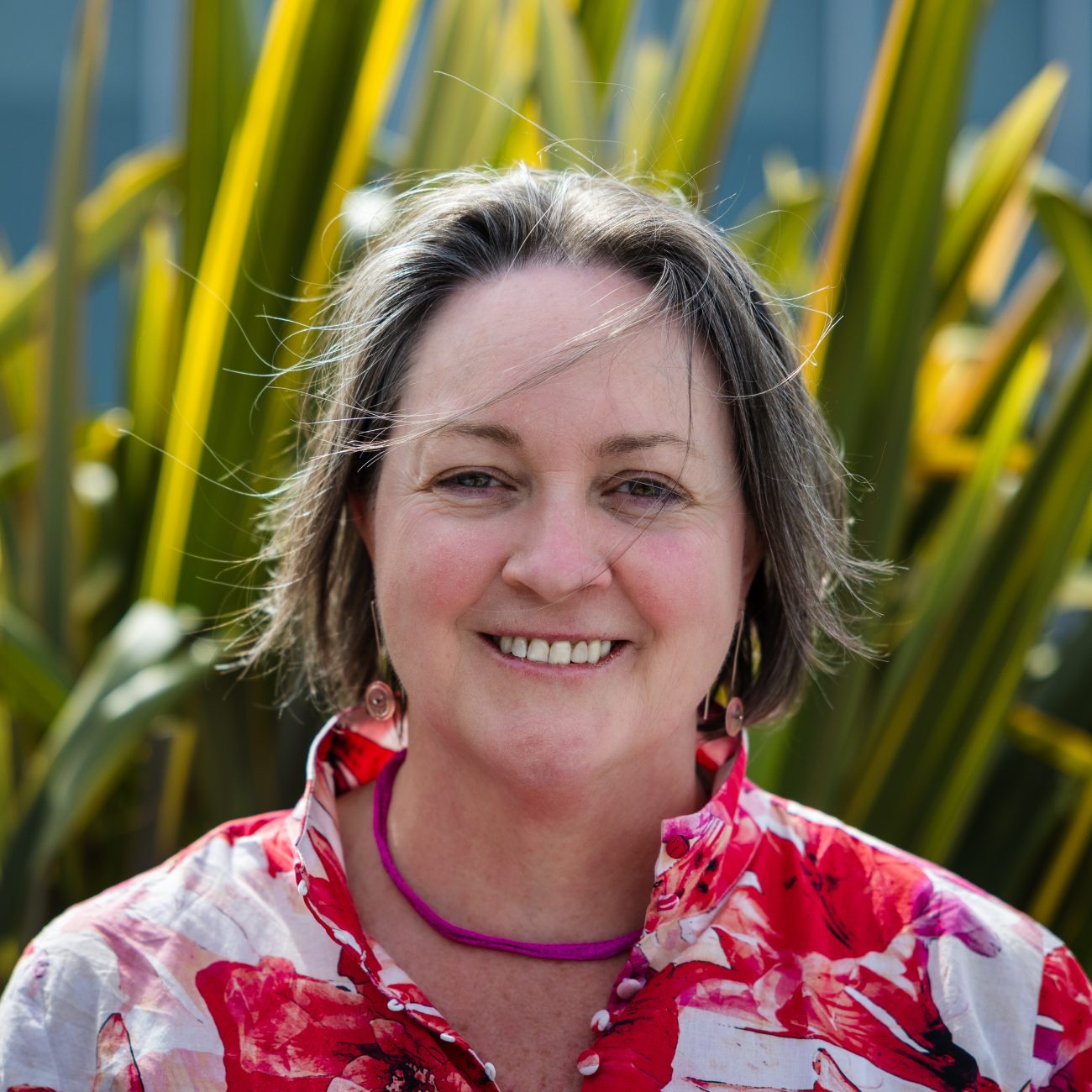
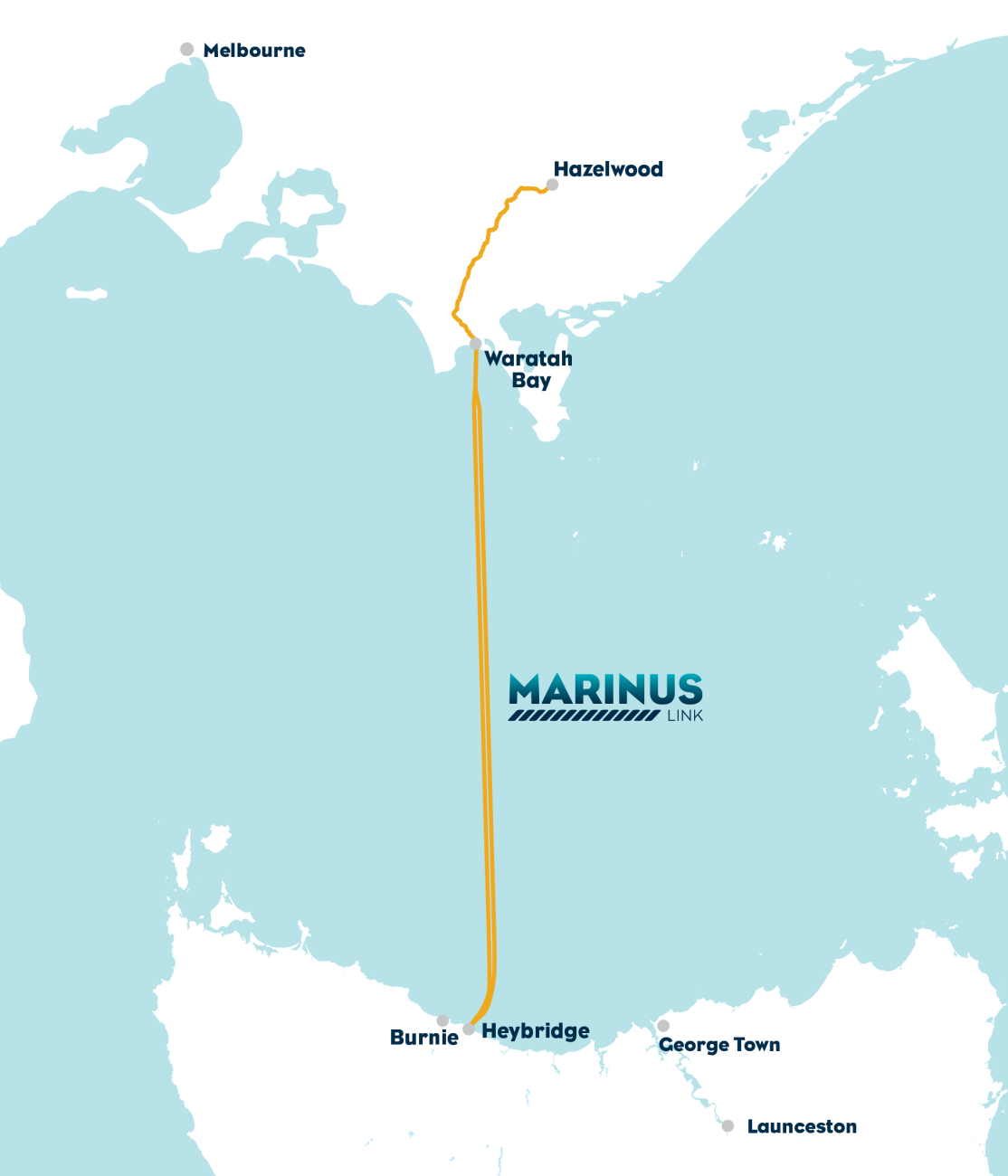
Bass Strait presents its challenges. Its strong currents between the Indian Ocean and the Tasman Sea provide powerful winds and wild storm waves. Throughout our surveys and investigations, we’ve experienced firsthand these challenging conditions and the importance of diligent safety and planning. Personally, I have a newfound appreciation of all marine operators, commercial fishers and asset owners who navigate this powerful body of water.
2024 is shaping up to be our biggest year to date, as we near the finish line of our Design and Approvals phase. In this edition, we provide an update on what we have planned up until our Final Investment Decision (FID) (December 2024) and ways you can get involved with Marinus Link.
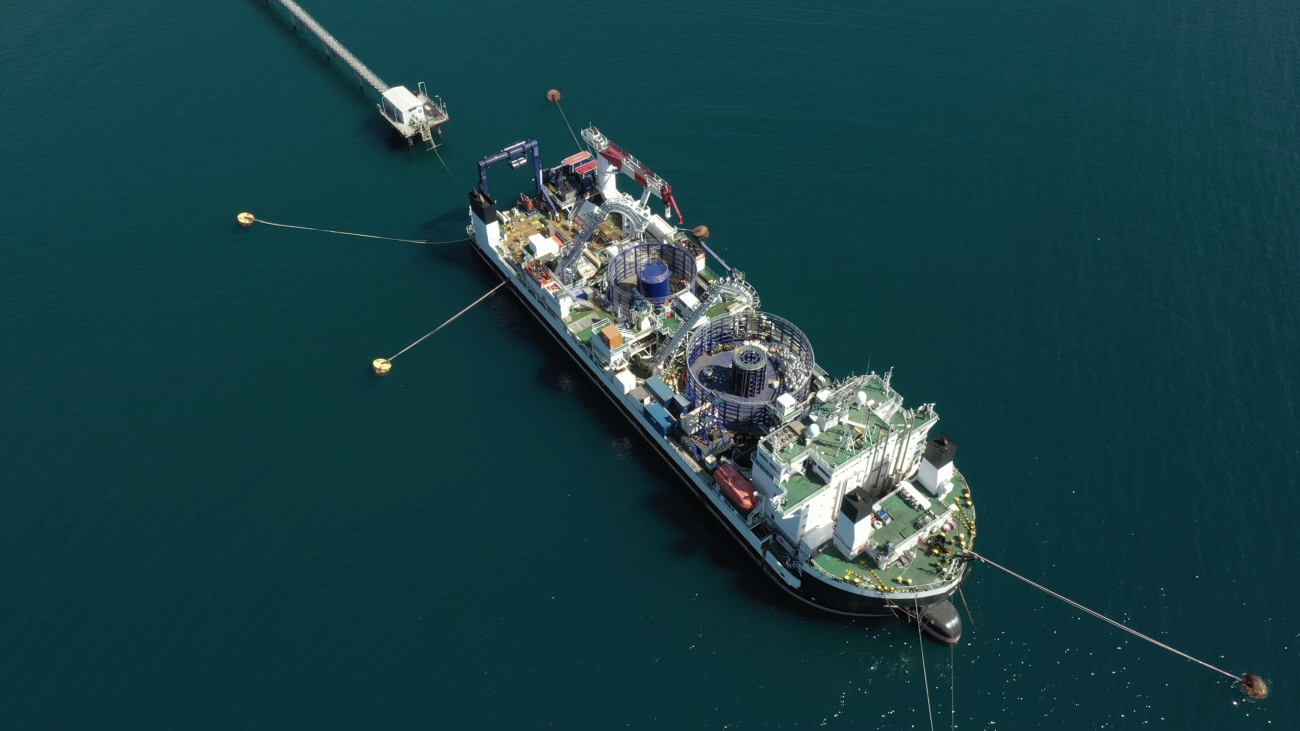
Cable tender update
In September 2023, we entered a capacity reservation agreement (CRA) with Prysmian Powerlink for Stage 1 of Marinus Link; a 750 megawatt (MW) high-voltage direct current (HVDC) cable. This agreement ensures a manufacturing allocation within the cable factory and subsequent reservation of the cable laying vessel at the required time of installation. CRAs have become a necessary step due to an international high demand market for HVDC cable systems, as well as the associated vessels, tools and equipment needed for installation.
Marinus Link is continuing work on the global tender process for all other associated supply and installation needs for Stage 1 of the project.
There will be local opportunities to work with us during the construction phase of our project:
If you are a supplier and wish to express your interest in supplying to Marinus Link, please email our Procurement Team at procurement@marinuslink.com.au. Please include ‘REGISTER WITH MARINUS LINK’ in the email subject line.
If you are a contractor wishing to express your interest to work on Marinus Link, please go to the Industry Capability Network (ICN) Gateway for further information on how to register – gateway.icn.org.au/project/4676/project-marinus.
Prequalification to tender for our Delivery Partner
In February, we released a prequalification to tender for a Delivery Partner.
Marinus Link’s Delivery Partner will provide key personnel, systems and processes for the project’s Manufacturing, Construction and Commissioning phase.
For more information or to register with Marinus Link’s e-procurement portal, visit – Welcome to Marinus Link Pty Ltd E-Tendering (tenderlink.com).
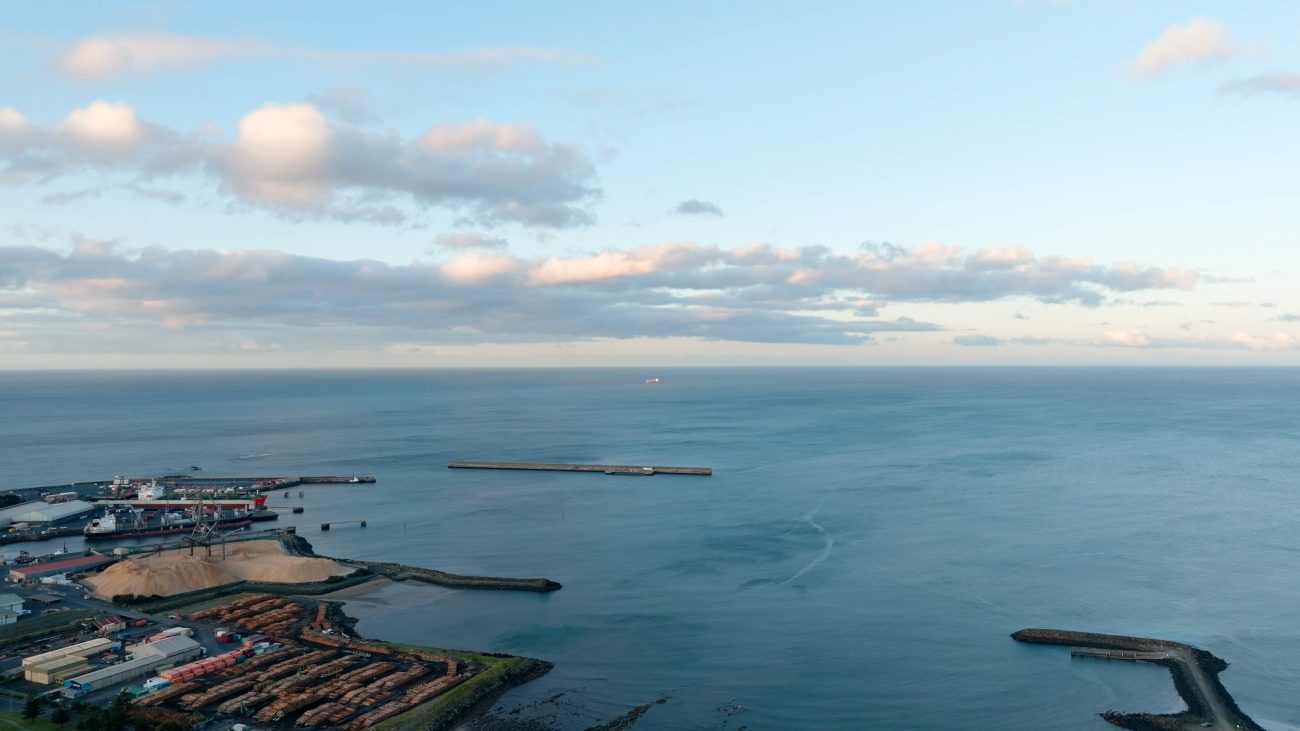
Environmental approvals update
In our last newsletter, we put a callout to participate in our Social Impact Assessment. Thank you to all our Bass Strait stakeholders who participated in interviews – your experiences and feedback provided crucial information for our environmental approvals process.
In December, we began submitting our environmental approvals documents to the government for assessment. This is a major milestone in the approvals process for Marinus Link and the culmination of years of surveying, data analysis, designing, collaboration and engagement.
What are we submitting?
- One combined Environmental Impact Statement / Environment Effects Statement (EIS/EES) for Commonwealth and Victorian jurisdictions.
- One Planning Scheme Amendment (PSA) in Victoria.
- One EIS and Development Application for the converter station in Tasmania.
- One EIS for the shore crossing in Tasmania.
Next steps
Over a six week period in mid 2024, Marinus Link’s EIS/EES documents are expected to be on public exhibition. During this time, we will be hosting drop-in information sessions throughout Gippsland and North West Tasmania to answer questions and provide information on the EIS/EES documents and approvals process. For those who can’t attend a drop-in session, we will also be hosting and recording webinars. Keep an eye on our website for updates – marinuslink.com.au/assessment.
Economic benefits of Marinus Link
In late 2023, independent experts FTI Consulting (FTI) updated their analysis of Marinus Link’s impact on wholesale electricity prices.
FTI’s final report, ‘How do customers benefit from Project Marinus’, shows household power bills will be better off with Marinus Link than without it, with the largest savings to be felt by Tasmanian and Victorian consumers.
Key findings from the report detail how Stage 1 and 2 of Marinus will create lower electricity prices, leading to a reduction in the wholesale energy portion of customer power bills:
- Up to $165 on average every year for Tasmanians.
- Up to $78 on average every year for Victorians.
The updated analysis forecasts net customer benefits of up to $12.5 billion, taking into account increased project costs, a revised staging approach and changing energy market conditions.
Visit our website to read the full report – marinuslink.com.au/how-customers-benefit.
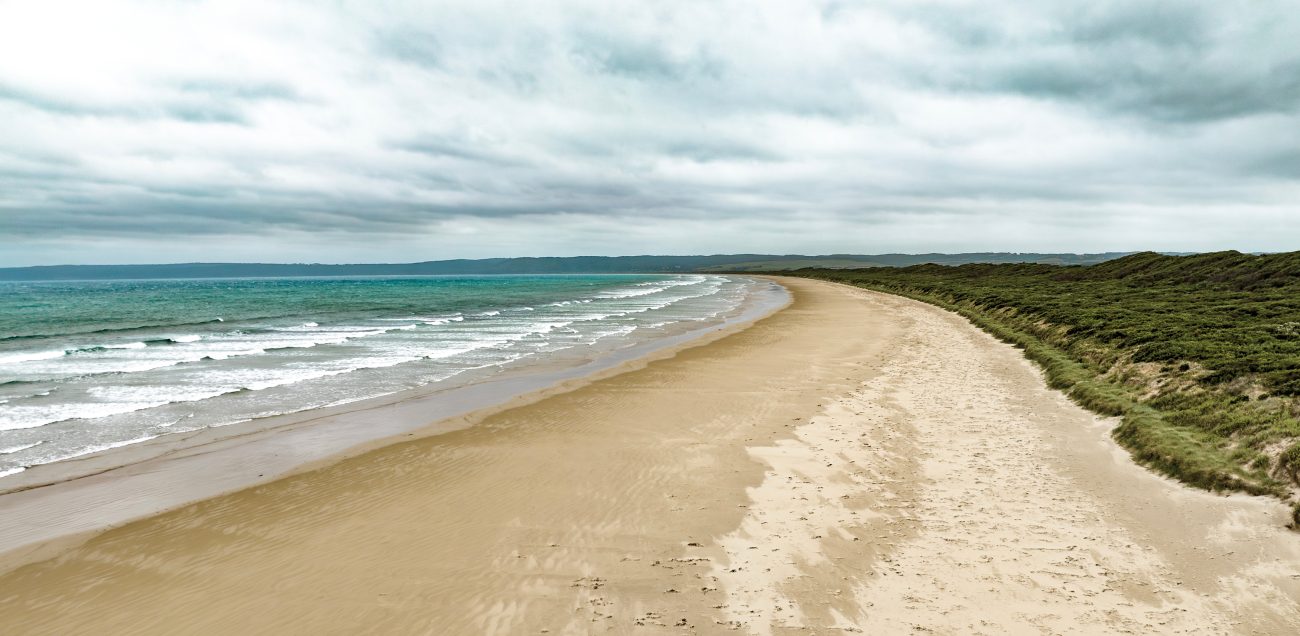
Upcoming surveys in Waratah Bay
Next month we are undertaking additional benthic surveys in Waratah Bay.
We are undertaking these surveys to determine the marine ecology within the proposed cable alignment area.
Benthic surveys are used to determine if proposed marine works may have an impact on marine species and how to best mitigate, reduce or remove those impacts.
Marinus Link has previously completed benthic surveys in Waratah Bay and this additional survey is aimed at complimenting the existing information.
A Notice to Mariners will be issued prior to the survey commencing. There should be no disruptions to marine activities in the area.
Answering your questions
What does Stage 1 and 2 of Marinus Link look like?
Stage 1 of Marinus Link will involve:
Installing the first 750MW electricity and data cable along the proposed route. This will run undersea across Bass Strait for 255 km and underground for 90 km from Waratah Bay to Hazelwood in Victoria.
- Undersea, the cables will be installed using a cable laying vessel. From the vessel, the cable will be unspooled and lowered onto the seabed. A cable burial vessel will follow the cable laying vessel. For the majority of Bass Strait, we will use water-jetting tools to ‘fluidise’ the seabed, while trenching tools will be used where the sea floor is hard. In some locations where trenching cannot be used, cast iron or concrete may be laid over the cables to protect them.
- On land, the cables will be installed in conduits to reduce the impact to landowners. We are planning for the installation of conduits for both stages during the Stage 1 construction period, reducing the need for rework during the construction of Stage 2.
Constructing converter stations in Heybridge, Tasmania, and Hazelwood, Victoria. Civil works for this includes constructing the converter buildings and associated site works, such as fencing and drainage.
Stage 1 is set to commence in late 2025, following FID in December 2024.
Stage 2 of Marinus Link will involve:
Installing the second 750MW electricity and data cable along the proposed route. This will run undersea across Bass Strait for 255 km and 90 km from Waratah Bay to Hazelwood in Victoria.
- The second cable will be approximately 1 km apart from the first cable (Stage 1) at the shore crossing in Heybridge, Tasmania; 2 km apart throughout Bass Strait; 800 m apart at the shore crossing in Waratah Bay, Victoria; and, adjacent to the first cable for the underground route in Victoria.
- Please note: We are expecting that most of the earthworks for the second cable, including installation of conduits, will be completed during Stage 1. This will ensure minimal disruption to landowners and affected communities during Stage 2.
Constructing the converter stations in Heybridge, Tasmania, and Hazelwood, Victoria needed to connect the second cable into the electricity grid.
The converter stations for Stage 2 will be in the same location as the converter stations for Stage 1.
When will Stage 2 commence?
While the timely delivery of Stage 1 is a priority, Marinus Link will continue to progress the environmental and regulatory approvals and civil works required for Stage 2.
After more information on Marinus Link in Bass Strait? View our Marine and Fisheries fact sheet here.